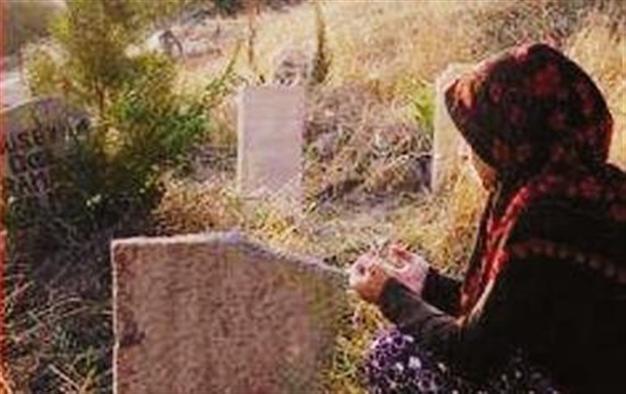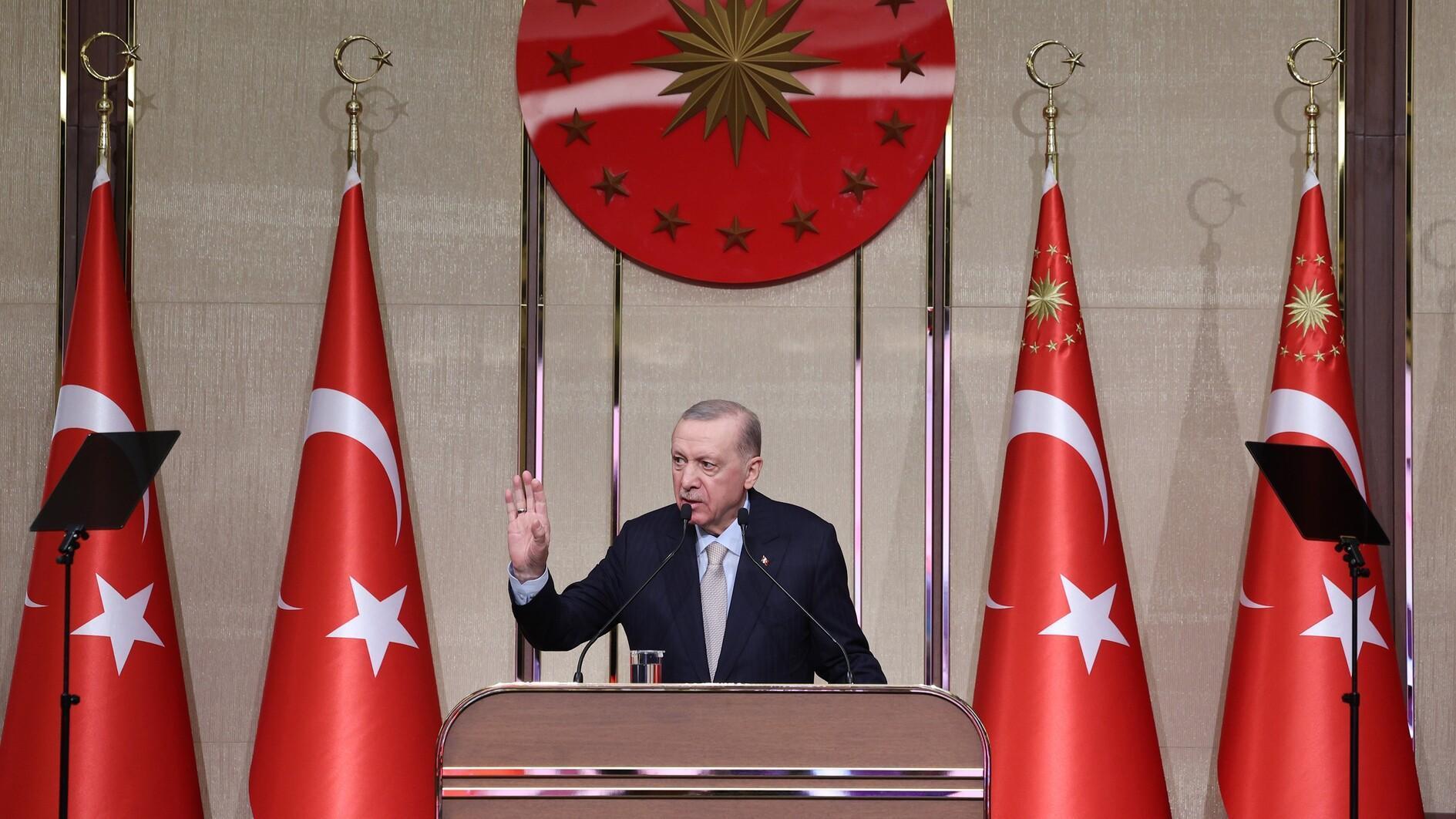'And Then We Work for God: Rural Sunni Islam in Western Turkey’ by Kimberly Hart
William Armstrong - william.armstrong@hdn.com.tr
 ‘And Then We Work for God: Rural Sunni Islam in Western Turkey’ by Kimberly Hart (Stanford University Press, 2013, 50TL, 304 pages)
‘And Then We Work for God: Rural Sunni Islam in Western Turkey’ by Kimberly Hart (Stanford University Press, 2013, 50TL, 304 pages)The village occupies an ambiguous place in Turkey’s modern history. The rural-urban paradigm has been a persistent fissure, and the two crude approaches of Kemalism and Islamism are both essentially “urban” perspectives. While Kemalism looked to the industrial west for its nationalist modernizing project through the founding of the republic, the Islamist tendencies that have been ascendant for the past 30 years are also urban-oriented, defined in opposition to inherited and “unconscious” rural religious practices. While this division is certainly a real one, Kimberly Hart’s thoroughly researched “And Then We Work for God” demonstrates how “timeless” villages are in fact becoming increasingly less isolated from modernist ideologies, and have themselves started to be affected by Islamist social transformations.
Hart spent 12 years (1998-2010) embedded in rural life in the Yuntdağ region of the western Anatolian province of Manisa, her research centering on the villages of Yeniyurt and Kayalarca. The two are just one kilometer apart, but significant differences - and tensions - exist between them. Yeniyurt has an accepted nomadic Yörük heritage and is believed to have been settled in its present location when two migrating groups from different pastures joined together. It has a considerable array of heterodox religious customs such as traditional healing, spell casting, saint veneration, visits to local shrines, and rain prayers offered during dry patches of weather. Its villagers are extremely devout and all of their acts are loaded with religious symbolism, but much of this piety is deeply rooted locally and based on folk traditions that formal religious scholars would consider highly unorthodox.
Kayalarca, on the other hand, is centered on a carpet-weaving collective enterprise, and tends to self-consciously look down on the “backward” and “religiously improper” Yeniyurt. While some local heterodox traditions remain prevalent there, Kayalarca is eager “to transform cultural practices that appear backward from the perspective of state-backed ideologies of cultural progress and heretical or incorrect from the perspective of Islamists.” Informed by urban Islamist efforts to “purify” Islamic understanding, villagers in Kayalarca want “practices codified by text, approved by the state, enhanced by global debates among Islamists, and purified from questionable traditions.” Whether this takes the form of anxiety about the use of music and dance in wedding celebrations, a heightened suspicion of “fun,” or the demolition of a traditional and quaint old village mosque for a standardized new one with a large metal dome, Kayalarca locals are increasingly affected by the earnest modern Islamist desire to “purify ritual from culture.”
Mass migration to cities over recent decades has resulted in more than just arabesk music. In fact, it has fundamentally reshaped all approaches to social life and political understanding, and exploded the previously rigid definition of urban space. Particularly important for Hart is how this urban migration has become one of the major channels through which modernist Islamism affects rural areas. Not only have villages been emptied, but those heading out are forced to negotiate urban social tides, which they then reflect back into their villages. In Hart’s discussion, linked to this process in the Yuntdağ region are extra-statist religious “tarikats.” Especially active in the area is the Süleymancı tarikat, which distinguishes itself by transcending the urban-rural divide, working among poor new arrivals to cities and extending its educational and social services into rural areas. The Süleymancıs have gained a considerable foothold across Turkey, and the services they provide help to inject “conscious” and “purified” urban Islamist mores into the rural areas where they operate. Nevertheless, Hart describes how there is still a widespread suspicion over the religious legitimacy of tarikats, as they operate outside the parameters of the state. For the rural religious, the official Diyanet-affiliated (and male-centered) mosques provide the most secure guide for what is religiously acceptable, and tarikats like the Süleymancıs operate in an ambiguous grey area. Responses to their activities therefore vary from region to region and village to village; for example, the Süleymancıs are completely rejected by the Yeniyurt villagers, but operate very energetically in Kayalarca.
Teasing out the nuances of such local differences can only be achieved through years of deep research on the ground, which is exactly what Hart did for this book. What results is a sensitive and thoughtful ethnographic account, written in engaging and accessible English. Keen to avoid over-harsh judgments, it is illuminated by a clear sympathy for the enriching experience of locally-rooted shared traditions – which are increasingly being encroached upon by standardized and urban-oriented modernist Islamist movements.
Notable recent release

‘A History of Ottoman Economic Thought: Developments Before the
Nineteenth Century’ by Fatih Ermiş
(Routledge, £80, 218 pages)










